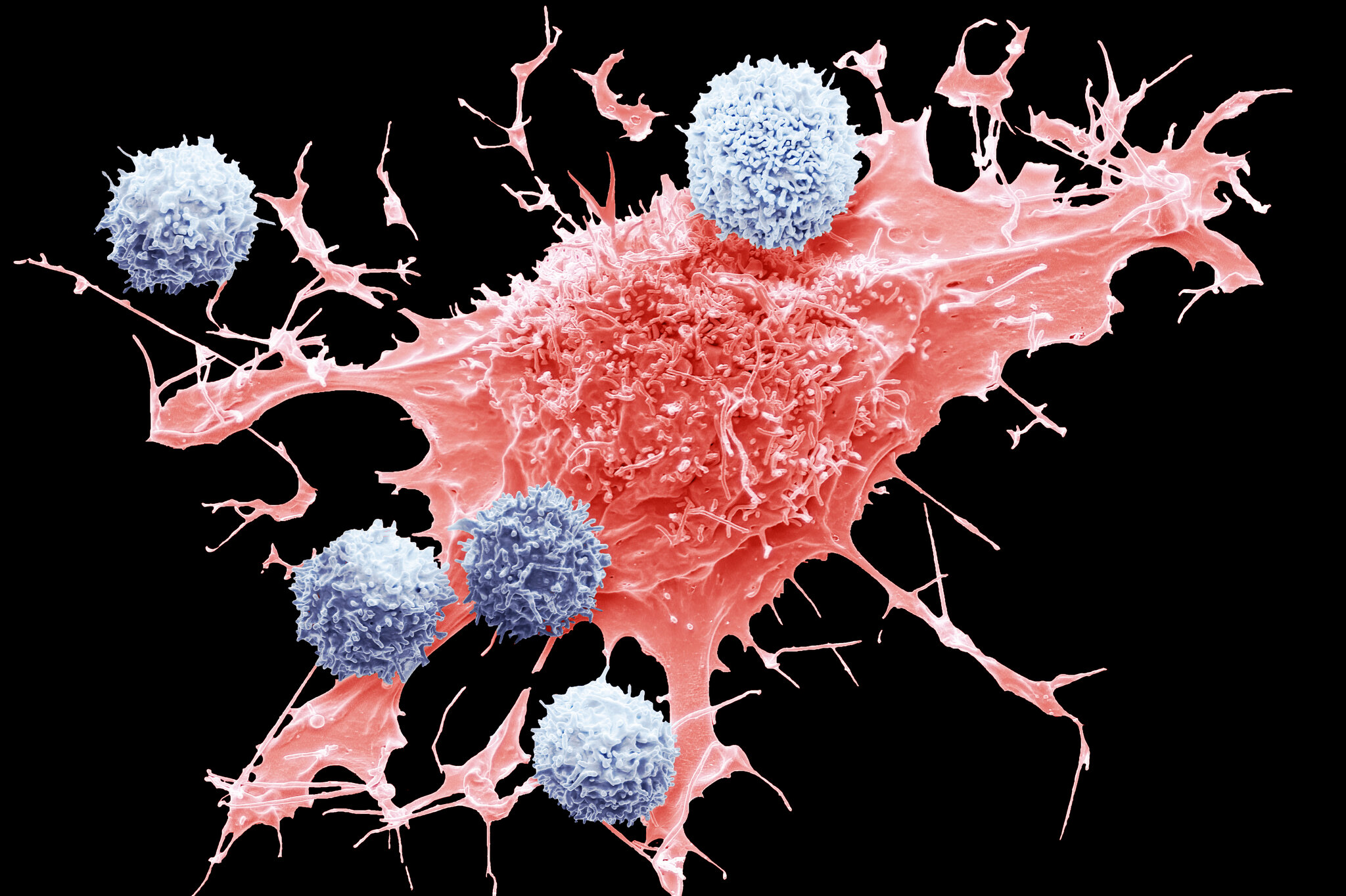Revolutionizing Cancer Screening: Detecting RNA Biomarkers with Unprecedented Precision
08/16/2023
Cancer. It’s a word that strikes fear into the hearts of millions around the world. Despite significant advancements in medical science, the battle against this relentless disease rages on. But what if there was a way to catch cancer before it even had a chance to spread? What if we could detect the presence of cancerous cells with unparalleled accuracy, long before they wreak havoc on the body?

Enter the groundbreaking research on the electrical detection of RNA cancer biomarkers at the single-molecule level. Led by a team of brilliant minds, this innovative approach offers a glimmer of hope in the fight against cancer. Published in Scientific Reports, the study unveils a new frontier in early cancer detection—one that holds immense promise for improving patient outcomes and reducing mortality rates.
At the heart of this pioneering research lies the concept of liquid biopsies. Unlike traditional tissue biopsies, which can be invasive and painful, liquid biopsies offer a non-invasive alternative for detecting cancer. By analyzing biomarkers present in body fluids like blood or saliva, liquid biopsies provide a window into the body’s inner workings, offering valuable insights into the presence of cancerous cells.
However, detecting cancer biomarkers in liquid biopsies poses a significant challenge. With low concentrations and mutation frequencies, these biomarkers can be elusive, making them difficult to identify amidst the sea of genetic material present in body fluids. But where others see obstacles, these researchers see opportunities.
Harnessing the power of nanoscience and nanotechnology, the team developed a cutting-edge method for detecting RNA cancer biomarkers with unprecedented precision. Utilizing a technique known as Scanning Tunneling Microscopy (STM)-assisted break junctions, they were able to achieve single-molecule detection and identification of RNA sequences—a feat previously thought to be impossible.
So, how does it work? Imagine a nanoscale device capable of forming single-molecule junctions between two electrodes. When an RNA biomarker binds to both electrodes, it closes the biomolecular electronics circuit, resulting in a specific electrical fingerprint that can be measured. This fingerprint, known as conductance, provides vital information about the sequence and structure of the RNA molecule, allowing researchers to differentiate between cancerous and healthy cells with unparalleled accuracy.
In their study, the team focused on a well-known oncogene called KRAS, which is frequently mutated in various cancers. By designing DNA probes complementary to specific KRAS mutations, they were able to selectively target and detect cancer biomarkers with remarkable sensitivity and specificity.
What sets this approach apart is its ability to discriminate between mutant and wild-type RNA sequences, even when they differ by just a single base. This level of precision is unprecedented in the field of cancer detection, offering new hope for early diagnosis and treatment.
But perhaps the most remarkable aspect of this research is its potential to revolutionize cancer screening as we know it. With the ability to detect cancer biomarkers at the single-molecule level, liquid biopsies could become a powerful tool for identifying cancer at its earliest stages, long before symptoms manifest.
Imagine a future where routine check-ups include a simple blood test that can detect cancer with the same ease as checking cholesterol levels. Imagine a world where cancer is no longer a death sentence, but a manageable condition that can be treated with targeted therapies tailored to each individual’s unique genetic makeup.
The possibilities are endless, and the implications are profound. With further refinement and development, this groundbreaking technology could pave the way for a future where cancer is not feared, but conquered. And for millions of people around the world, that future can’t come soon enough.
